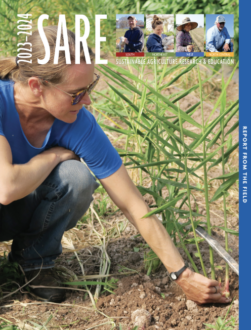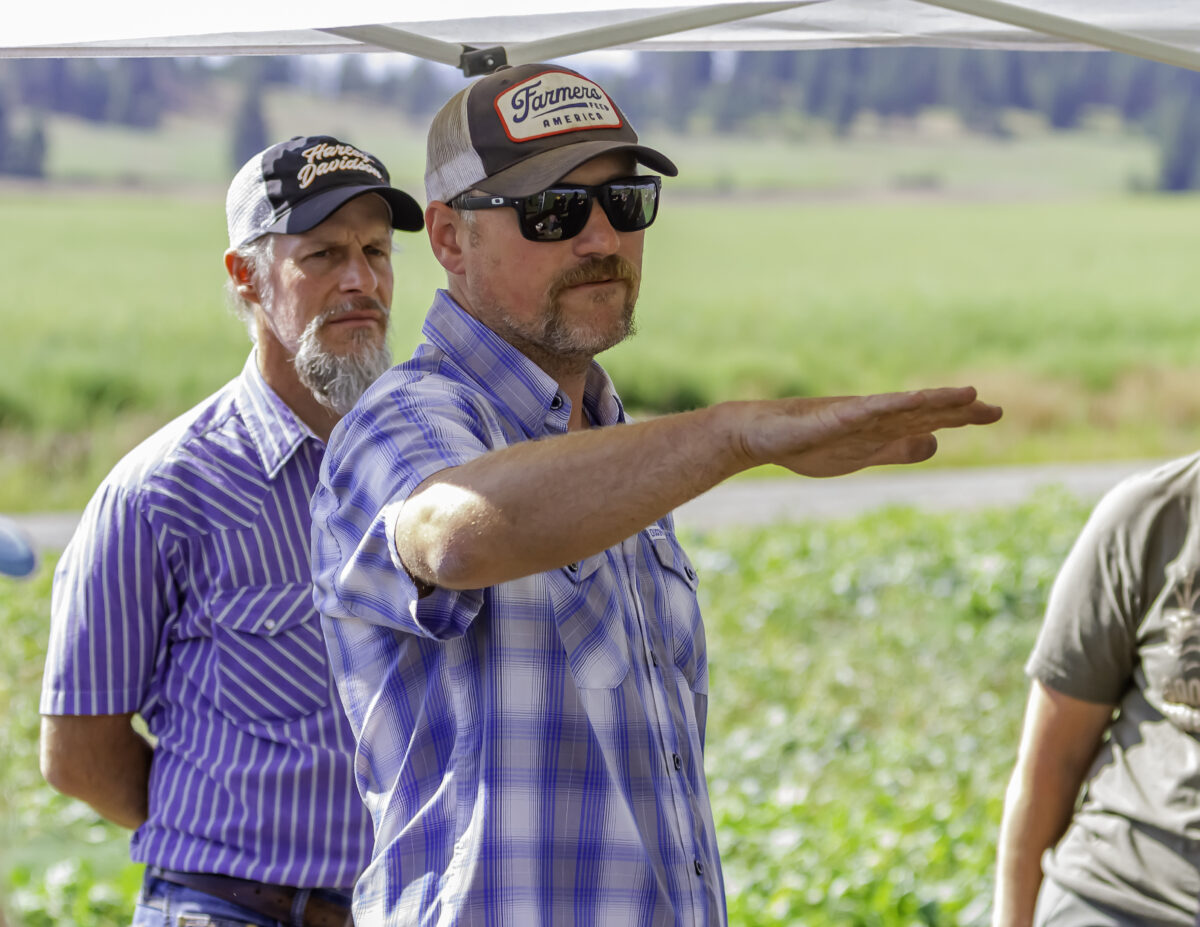
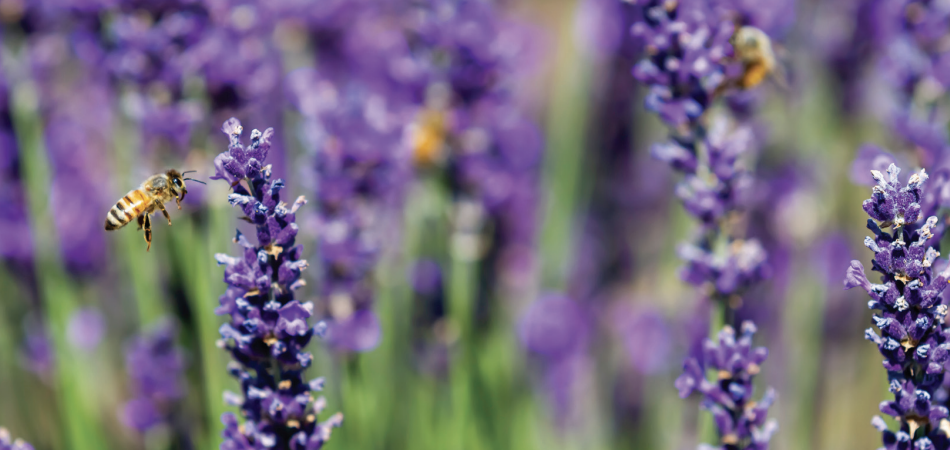
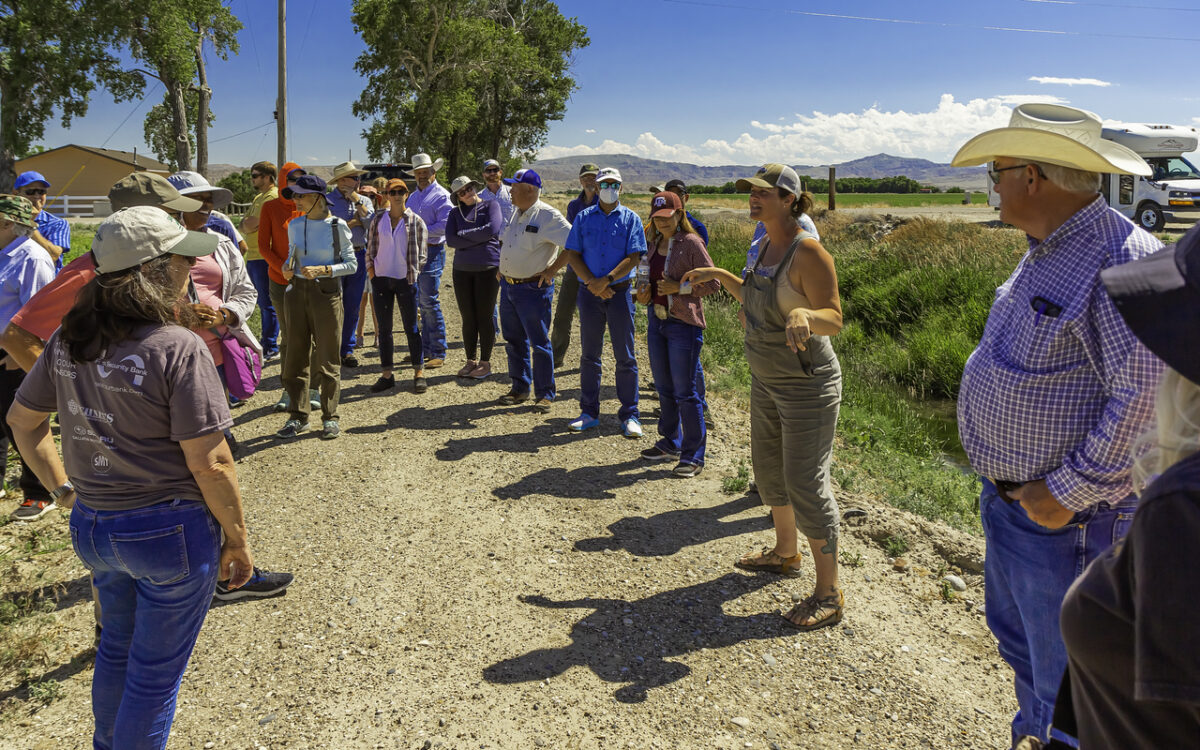
Recent Highlights from the Western Region
- In 2022, Western SARE developed our pilot program, “Sustainable Agriculture Action Plans.” These plans bring stakeholders together in a collaborative process to document the research, regulatory, infrastructural, and educational needs and priorities required to increase sustainable agriculture practices in specific industries or commodities, or in a specific area of the West. The Paso Robles CAB Collective in California and Mosca-Hooper Conservation District in Colorado were awarded funds in this first round.
- We worked with adult education specialists at University of Georgia Extension to develop a “Teaching and Learning Best Practices Toolkit for Developing Impactful Educational Programs.” Using the right teaching and learning strategies can help create an experience that addresses audiences’ needs and will make program participants eager to implement change. This project included a full-day training for Western state coordinators at their annual meeting.
- Our podcast “Fresh Growth: Approaches to a More Sustainable Future from Western Ag is in its third season. Fifteen episodes have been recorded, with more than 5,600 downloads. All guests are farmers and ranchers who are finding innovative, sustainable practices that enrich our natural resources. These successful operations experiment with new ideas and are making it pay off.
Total Grant Awards 1988-20231
1,589 GANTS
$95 MILLION
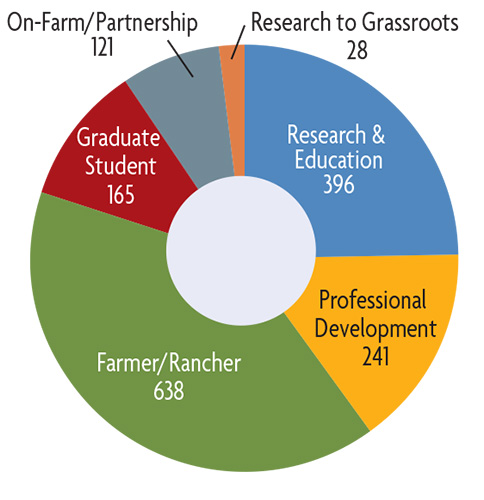
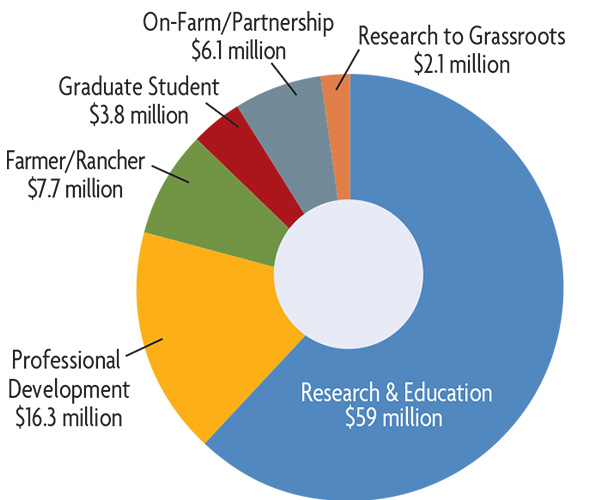
Grant Proposals and Awards 2022-2023
| Grant type | Preproposals Received2 | Full Proposals Invited | Full Proposals Received | Proposals Funded | Funding Total |
| Research and Education | 118 | 59 | 58 | 26 | $8,328,066 |
| Professional Development Program | N/A | N/A | 39 | 27 | $2,460,823 |
| Farmer/Rancher | N/A | N/A | 73 | 47 | $1,299,204 |
| On-Farm Research/Partnership | N/A | N/A | 37 | 18 | $918,793 |
| Graduate Student | N/A | N/A | 50 | 24 | $708,830 |
| Research to Grassroots | N/A | N/A | 16 | 12 | $1,113,271 |
1 These totals exclude additional direct funding given each year to Cooperative Extension in every state to support state-level programming on sustainable agriculture.
2 The use of a preproposal process varies by region. It serves to screen project ideas for the larger and more complex grant programs, and to reduce applicants’ proposal preparation burden as well as the proposal review burden for SARE’s volunteer reviewers.
Reducing Goat Herd Predation in New Mexico
The Challenge
There are many highs and lows of the ranching lifestyle, but losing animals to predation is a particularly difficult challenge to cope with. Predators like mountain lions and coyotes can cause enormous economic losses if they go unchecked. Sydney Franz learned this the hard way when she moved her goat ranch, K&C Boer Goats, from central Texas to Mora County, N.M., to establish multi-species grazing for land restoration and to earn additional revenue. With protection options limited due to finances, the ranch lost 24 percent of its goat kids between 2016 and 2017. And while she and her partner were able to reduce losses to 14 percent in 2018 through modifications to previous protection methods, they needed better solutions in order to keep the business and animals alive.
The addition of goats either as a tool
Emily Cornell, Sol Ranch
or as an enterprise to existing ranches
is … expected to be a great option in
the right circumstances.
The Actions Taken
K&C collaborated with fellow ranchers on a Farmer/Rancher grant project to improve herding techniques and reduce predation. To trial their options in the first year, many of K&C’s goats were herded during the fall and winter, the period of worst predation, on Sol Ranch LLC, a neighboring cattle ranch operated by Emily Cornell with 5,000 acres of mixed open and rough terrain. Coincidentally, fall and winter are also the times when brush and other unwanted weed species increase, so having goats forage the landscape served both the goats and the ranch. The goats returned to K&C’s Turner Ranch headquarters in the second year. They were released with six livestock guard dogs and again suffered significant losses before Franz took over and began continual herding. Over the course of the project’s three years, the group significantly reduced predation through a combination of human herders, livestock guard dogs, herding dogs, night penning and in-shed kidding. Herders were particularly effective as they were better able to train the herd and prevent it from splintering into smaller groups and becoming vulnerable.
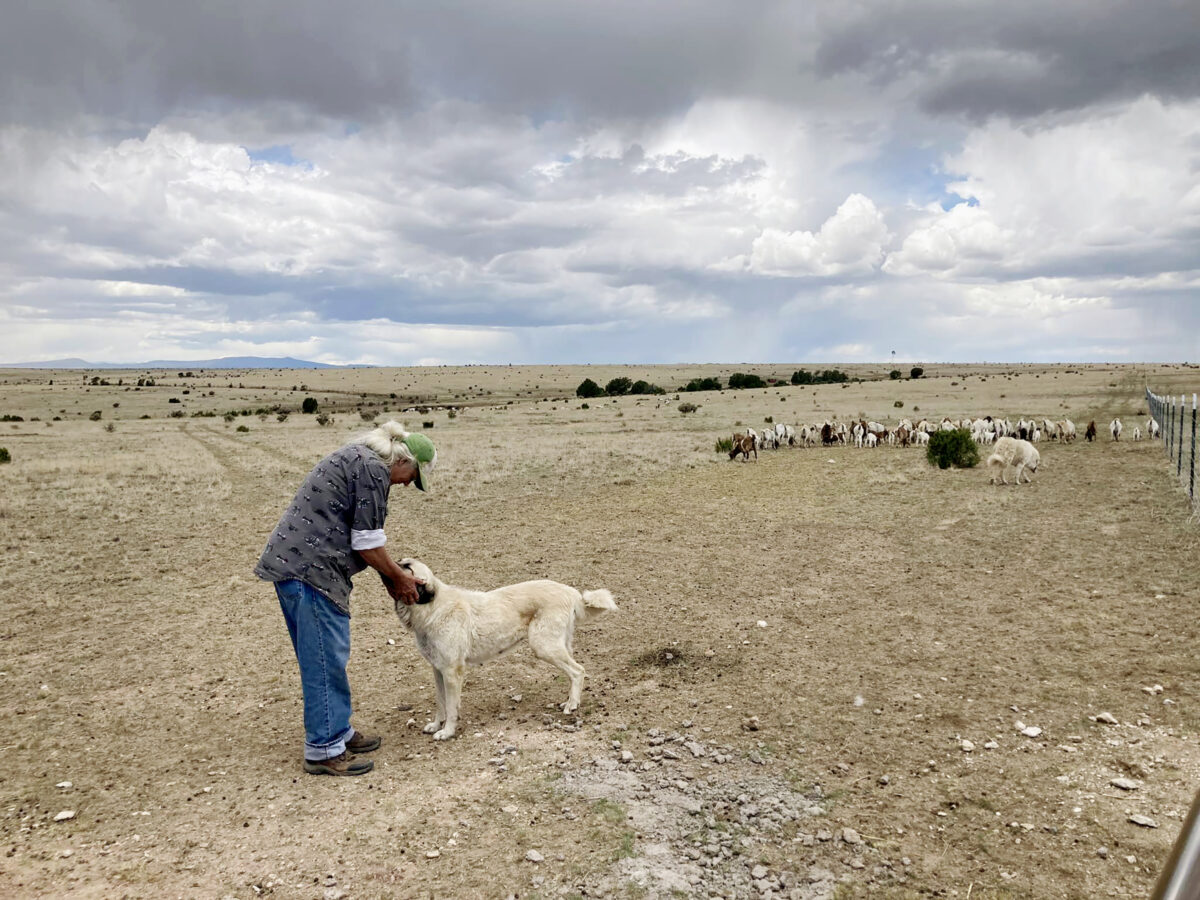
The Impacts
By adjusting their methods and using human herders, K&C reduced its animal losses to a consistent 6 to 8 percent each year. The trial also showed potential for whole-farm benefits like improved weed control and soil health. Specific impacts include:
- Revenue opportunity: Incorporating meat goats to improve ranch landscapes provides an additional income opportunity for ranchers.
- Improved rangeland health: Multi-species foraging offers soil health benefits as each herd feeds on different plant species; for example, goats will forage woody plants and cactus left behind by cattle.
- Education and outreach: Despite difficulties with outreach due to the pandemic during the project period plans are in place to share project outcomes at open-gate tours, meetings and workshops, and through like-minded organizations.
Learn more: See the related SARE project FW19-357.
Improving Tribal Food Sovereignty Through Mushroom Cultivation and Research
The Challenge
Food sovereignty is crucial to sustaining the cultures, economies, community health and identities of Native American peoples across the nation. It allows tribes to self-determine what food to produce and how to produce it, with a focus on culturally appropriate foods grown to meet community needs. Food programs have sprouted up on tribal lands to educate and empower tribe members to take control of their diets and food supplies. While many of these programs focus on traditional foods and native plants, mushroom production is uncommon. The Potter Valley Tribe, descendants of the Northern Pomo people, cultivates a small variety of mushroom species on their land in Fort Bragg, Calif. They’ve implemented a closed-loop production system that allows them to increase the kinds of mushrooms they grow using waste substrates produced by local businesses, like spent coffee grounds, hardwood sawdust, spent brewer’s grain and cannabis stalks. After constructing a
cultivation lab, they stopped outsourcing mushroom spawn by producing their own on site. The tribe’s ultimate goal is to sell mushrooms and subsequent products at farmers markets and co-ops.
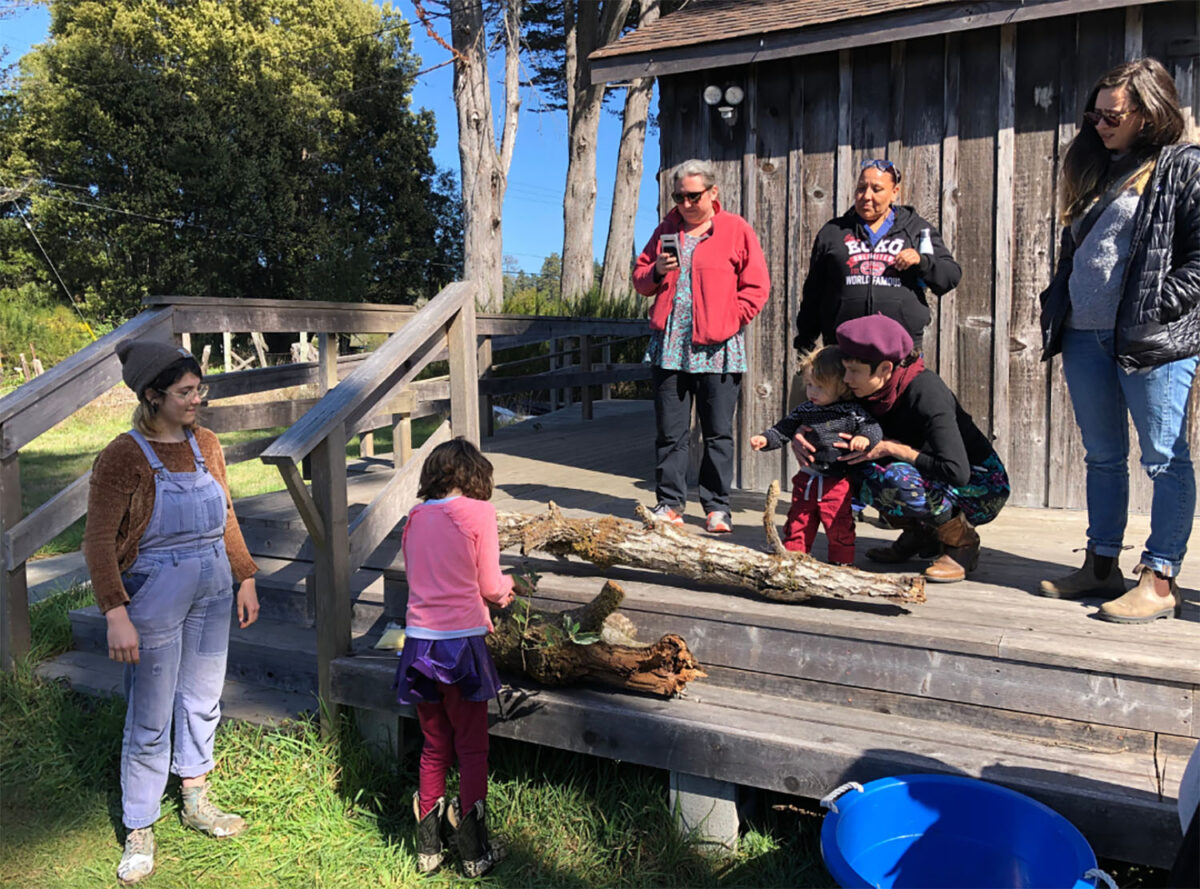


Mushrooms can grow on what
Jade Swor, Potter Valley Tribe
we throw out. Perhaps it’s time to
change how we think about food
and waste.
The Actions Taken
Supported by a Research to Grassroots grant, the project team established a community mushroom cultivation lab and expanded current production by growing different mushrooms known for their medicinal and culinary uses. They carefully documented the cultivation process from collection, to inoculation, to harvest. Mushrooms and mushroom medicine products were then given to tribal members. Educational materials were created to teach tribal youth and other regional tribes how to generate income by growing their own mushrooms using sustainable practices and recycled waste materials.
The Impacts
The benefits of this project reached far beyond the Potter Valley Tribe thanks to a focus on regional networking, partnerships and outreach. Specific impacts include:
- Inter-tribal knowledge sharing: The team collaborated with eight regional tribes for mushroom workshops, cooking demonstrations and mushroom gathering with youth. Three tribes will begin their own mushroom programs.
- Strong participation: More than 40 new participants got involved with the project, including elders and youth.
- Firm commitment: Building the mushroom cultivation lab, producing how-to guides and manuals, finding best practices, leading foraging expeditions and mapping the tribal land’s mycoflora ensure that mushrooms will remain an important part of the tribe’s food culture for years to come.
Learn more: See the related SARE project RGR20-010.
Understanding Opportunities for Nutrient Recycling and Food Safety in the West
The Challenge
The Clean Water Act requires states to submit water quality assessment reports every two years that include details on whether rivers, lakes, estuaries and coastal waters are meeting water quality standards. Pacific and Mountain Northwest states, including Washington, Idaho, Montana, Utah and Oregon, have reported varying rates of nutrient-related impairment in their waterways, some of which were very high. While not all impairment can be attributed to agriculture, crop and animal production plays a significant role in the over-enrichment of our water sources. Agricultural professionals often lack adequate understanding of nutrient cycling and recycling, rate and transport of nutrients across agricultural landscapes, and food safety related to irrigation management. To increase knowledge of how these important topics pertain to farm businesses and to regional water quality, Joe Harrison of Washington, Joe Harrison of Washington State University teamed up with professionals across five states to host a conference aimed at those who advise producers, including regional, state and local agencies and technical service providers.
This conference achieved
Joe Harrison, Washington State University
the goal of connecting sectors
of agriculture to safely share
nutrients in livestock and poultry
manures
The Actions Taken
With support from a Professional Development Program grant, the organizers identified 10 projects to be presented at the conference that addressed topics like technology for nutrient capture and recycling, carbon sequestration and storage, safe use of compost and manure in vegetable crops, nutrient cycling in grazing systems, irrigation management, and more. Topics were chosen to promote the adoption of practices that encourage resource stewardship, particularly water. In-person training is a preferred learning method for farmers, ranchers and other ag professionals, so the event was to be hosted in Boise, Idaho, but the Covid-19 pandemic necessitated a virtual meeting instead. The October 2020 Pacific Northwest and Mountain West Nutrient Management, Food Safety and Soil Health Conference attracted nearly 400 registrants, and those who responded to a post-event survey indicated an increase in the level of their skills and knowledge related to the topic areas.
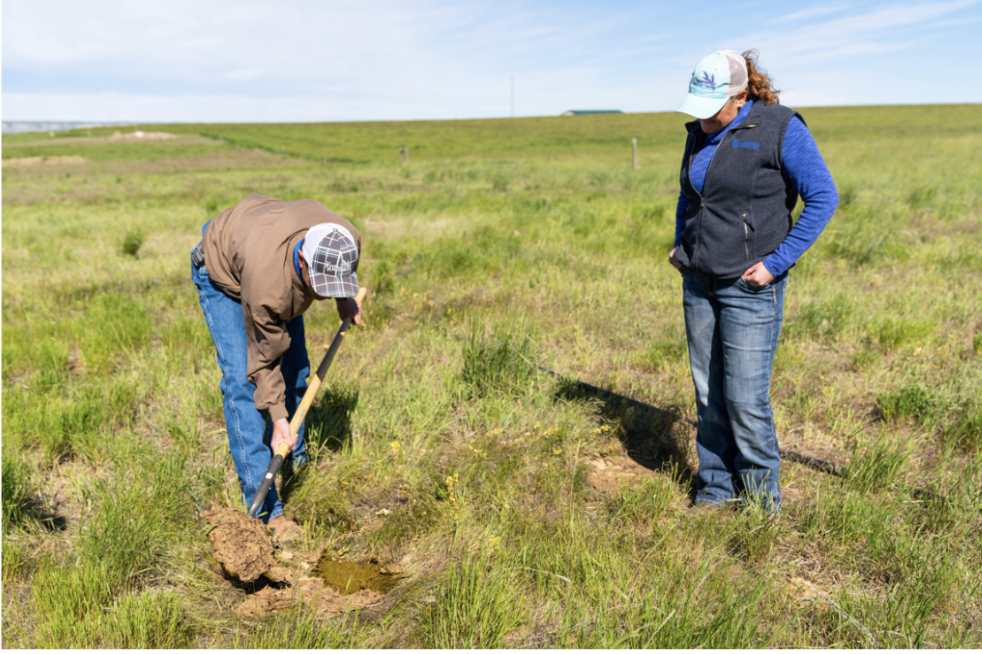
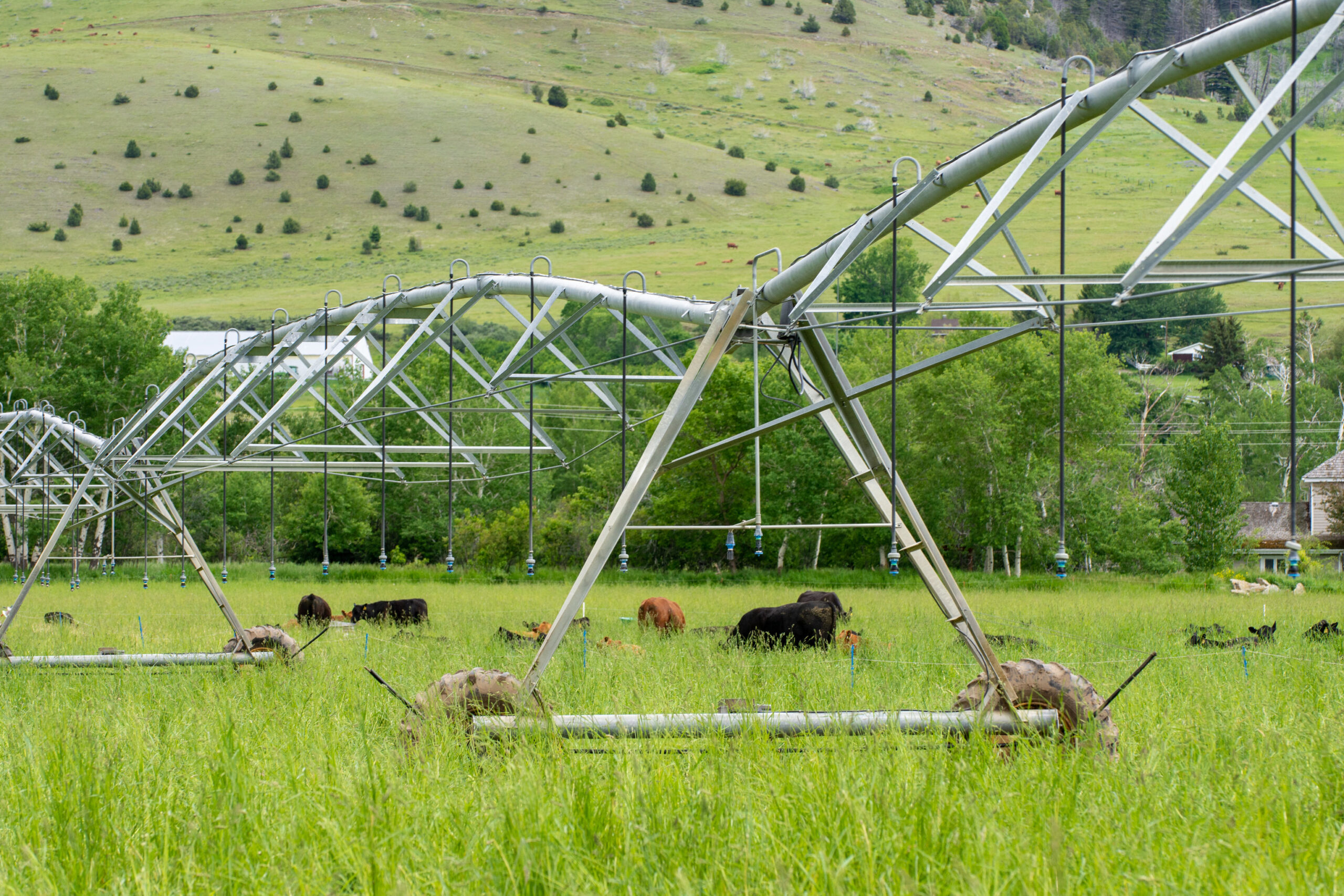
The Impacts
Though the event had to be held online, the virtual platform allowed for registrants to attend from locations across the globe. Specific impacts include:
- Worldwide interest: Participants registered from six Western states, as well as from British Columbia and 43 other locations across the nation and the world.
- Online resources: The virtual conference environment allowed for easy online access to session recordings and event resources for attendees and for those who were unable to participate at the time.
- Future events: Participants indicated strong interest in annual or biennial professional development conferences on similar topics in the future.
Learn more: See the related SARE project WPDP19-10.
